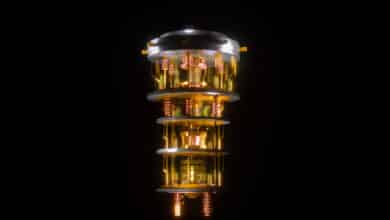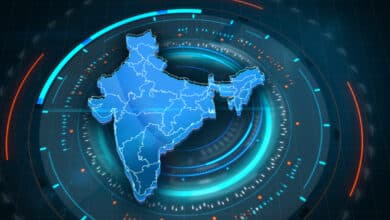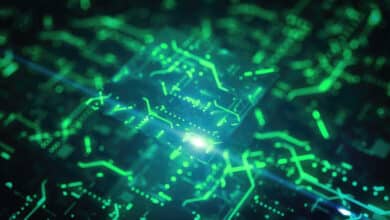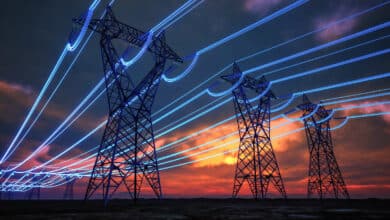All Quantum Computing Posts
-
Quantum Computing
The DiVincenzo Criteria: Blueprint for Building a Quantum Computer
Quantum computing promises to revolutionize fields from cybersecurity to drug discovery, but building a functional quantum computer is an immense technical challenge. In the late 1990s, physicist David DiVincenzo outlined a set of conditions - now known as DiVincenzo’s criteria - that any viable quantum computing architecture must satisfy. These seven criteria serve as a checklist and roadmap for engineers and investors alike, defining what…
Read More » -
Quantum Computing
India’s Quantum Computing and Quantum Technology Initiatives
India’s quantum technology initiatives, though starting later than some global peers, are rapidly gaining traction. The nation is combining its rich legacy in fundamental physics with modern innovation frameworks to advance quantum computing, communications, cryptography, and sensing. The coming years are poised to witness India transitioning from prototyping to implementation: quantum computers solving domain-specific problems, quantum-encrypted channels protecting national data, and quantum sensors enhancing the…
Read More » -
Quantum Computing
The Skill Stack a CISO Needs for Crypto‑Agility and Quantum Readiness
The path to quantum readiness is navigable with the right combination of skills, planning, and proactive execution. By leveraging existing strengths - the people and processes you already have - an enterprise can evolve its cryptographic foundations without needing a phD in quantum physics on staff. In fact, quantum-proofing your organization is less about radical new technology and more about disciplined security management: inventory your…
Read More » -
Quantum Computing
Quantum Memories in Quantum Networking and Computing
Quantum memories are devices capable of storing quantum states (qubits) in a stable form without collapsing their quantum properties. In essence, a quantum memory is the quantum-mechanical analog of classical computer memory or RAM.
Read More » -
Quantum Computing
Quantum Technology Use Cases in Energy & Utilities
Quantum technologies matter for energy because many challenges in this sector involve combinatorial optimization and molecular simulation at scales classical computers cannot handle. For example, routing power through a grid with thousands of control decisions or modeling the chemistry inside a battery are tasks that overwhelm today’s fastest supercomputers. Quantum computers leverage phenomena like superposition and entanglement to examine a vast number of configurations simultaneously,…
Read More » -
Quantum Computing
Quantum Use Cases in Pharma & Biotech
Quantum computing is poised to become a catalytic force in the global pharmaceuticals and biotechnology industries. Its ability to tackle problems of staggering complexity – whether simulating the quantum behavior of drug molecules, analyzing massive genomic datasets for personalized medicine, or optimizing the myriad decisions in R&D and supply chains – offers a new computational paradigm for an innovation-hungry sector. We have seen that even…
Read More » -
Quantum Computing
Quantum Baloney Detection Toolkit
Quantum physics is famously weird and fascinating. Its principles (like superposition and entanglement) defy everyday intuition, which gives quantum technology an almost magical aura. Unfortunately, that same mystique attracts a lot of baloney. From overhyped press releases to outright scams and pseudoscience, “quantum flapdoodle” - as Nobel laureate Murray Gell-Mann dubbed it - is rampant. In recent years, a perfect storm of factors (AI hype,…
Read More » -
Quantum Computing
Fidelity in Quantum Computing
Fidelity in quantum computing measures the accuracy of quantum operations, including how effectively a quantum computer can perform calculations without errors. In quantum systems, noise and decoherence can degrade the coherence of quantum states, leading to errors and reduced computational accuracy. Errors are not just common; they're expected. Quantum states are delicate, easily disturbed by external factors like temperature fluctuations, electromagnetic fields, and even stray…
Read More »







